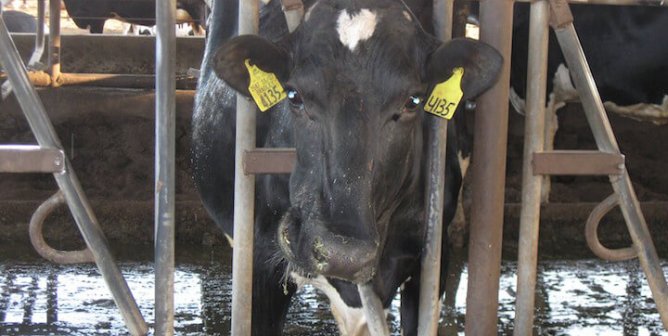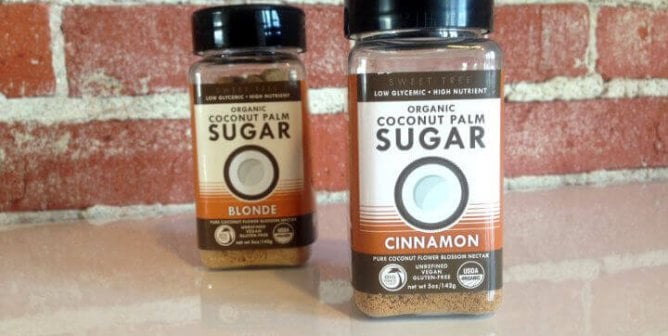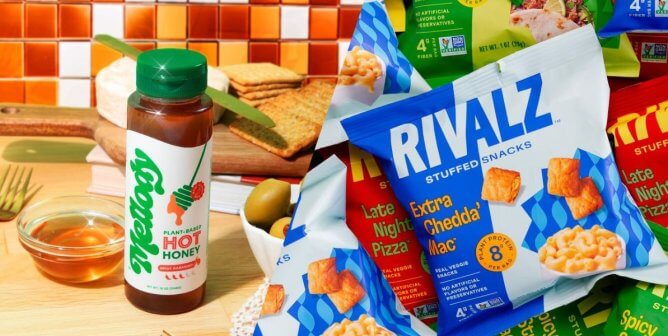Humans can credit pollinators, including bees, for about one in every three mouthfuls of food that we eat. But as habitat loss and heavy pesticide use continue to wipe out bee colonies, more than 700 species of North American bees face potential extinction.
As bee populations decline, honey producers have taken to intensive factory farming of the tiny pollinators. But much as pig factory farms don’t protect pigs, honeybee farms don’t protect bees. Here’s the not-so-sweet story of how our honey addiction is helping to wipe out bees.
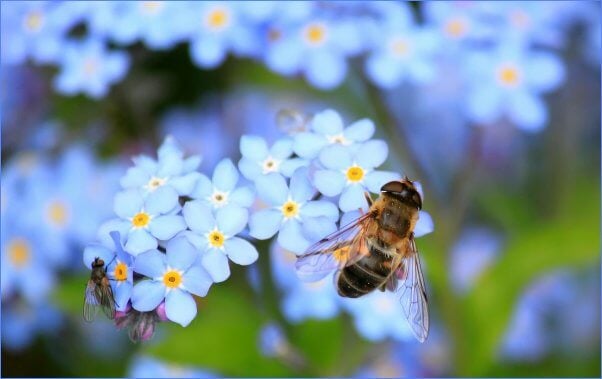
She Works Hard for the Honey
As bees pollinate plants, they collect tiny drops of nectar to make honey, which provides essential nourishment for them and the queen’s young, especially while they hibernate in the winter. They have to dry out the nectar and add enzymes from their bodies to convert it into honey, which they can use for nourishment. During this process, a single worker bee may visit as many as 10,000 flowers per day in order to produce just a teaspoonful of honey over the course of her entire lifetime.
But on a factory farm, she’ll never benefit from all her labor. After beekeepers steal all the honey from the hive, they keep the bees alive by feeding them sugary syrup and other subpar nutrients or just kill the entire hive—between 20,000 and 80,000 bees.
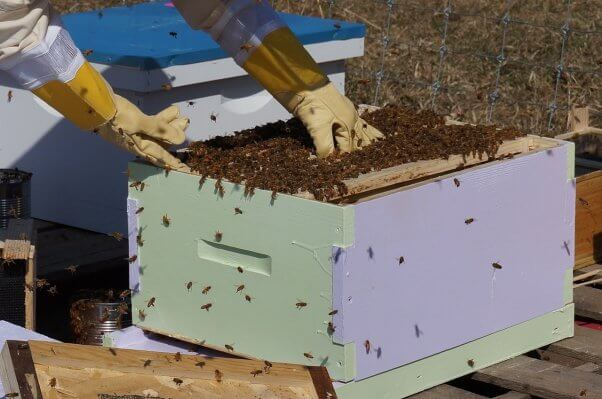
Why It’s Not Good to Be Queen
In nature, when a new queen bee is about to be born, the old queen will take some of the hive members and find a new habitat in which to start a fresh colony. If you see a “swarm” of bees, it’s likely that it’s simply moving day—they won’t bother anyone unless they’re threatened. But this division of the hive can cause a decrease in honey production, so beekeepers may clip the wings of a new queen, confine her, or kill and replace her after just one or two years, even though she could naturally live up to seven.
Feeling the Sting of Factory Farming
The stressful, unnatural living conditions, malnutrition, and cruelty inherent in factory farming weaken the bees’ immune systems, making them more susceptible to disease and less able to withstand the devastating impact of harmful pesticides.
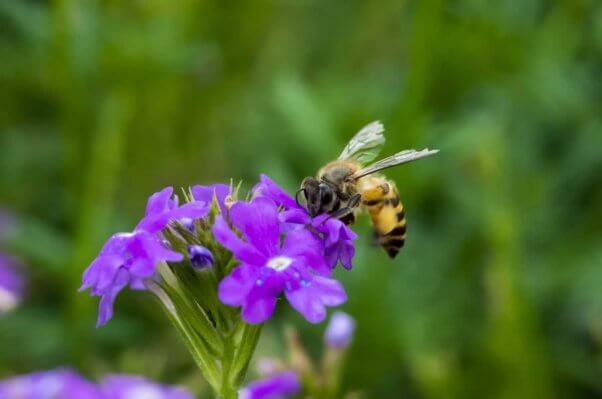
Be a Honey to Bees
No animals, regardless of size, deserve to be exploited for their labor and have their way of life so violently disrupted. Here are several ways to help bees:
- Planting flowers, including sunflowers, wild lilac, lavender, and flowering cactus, will provide bees with nectar and pollen.
- For those of us with condos and brown thumbs, even growing a few little herbs—such as mint, chives, sage, thyme, parsley, and oregano—on a windowsill or balcony can help feed bees. (And they, in turn, will help us actually keep a plant alive.)
- Let bees keep their honey. They need it for nourishment more than we need it for flavoring. And we can always use maple syrup, agave nectar, molasses, jam, dandelion and apple “honey,” Bee Free Honee, and all sorts of other sweeteners in place of bees’ honey.
- Let them keep their beeswax—which they use to build honeycombs—too. Plenty of companies make yummy lip balms and candles that don’t hurt bees.
When left alone, bees are natural human-helpers. Saving them means saving ourselves.



